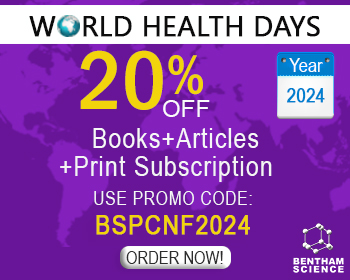Abstract
Retinal angiomatous proliferation (RAP) is a distinct form of choroidal neovascularization which may complicate a wet age related macular degeneration (AMD). This exudative-AMD has a peculiar clinical history and prognosis. RAP accounts from 8% to 22% of newly diagnosed cases among patients previously diagnosed as exudative AMD, and up to 25% of the occult or minimally classic CNV. The disease is more prevalent in women (90% of cases) and in elderly patients (around 75 years), and is characterized by a very poor prognosis. The neovascular process, whose retinal or choroidal origin is still object of discussion, often hesitates in the formation of a disciform scar, that evolves into a severe loss of central vision. Treatment for RAP is not yet well established; herein are described the most used therapeutic strategies, starting from laser photocoagulation until the nearest anti VEGF. The opportunity of combination among various treatments to obtain a better effectiveness and a lower frequency of recurrence is also discussed.
Keywords: Retinal angiomatous proliferation, choroidal neovascularization, age-related macular degeneration, photodynamic therapy, antiVEGF, triamcinolone, combined therapy, prognosis, laser photocoagulation, retino - choroidal anastomosis, fluorescein angiography, indocyanine green angiography (ICGA), tunica ruyschiana, hypoxia, neuroretina, transgenic mice, scanning laser ophthalmoscope, Optical Coherence Tomography (OCT), ranibizumab, transpupillary thermotherapy, pharmacology- pause-photodynamic therapy, retinal vein occlusion, vasogenic substratum, fundus, corticosteroids

























